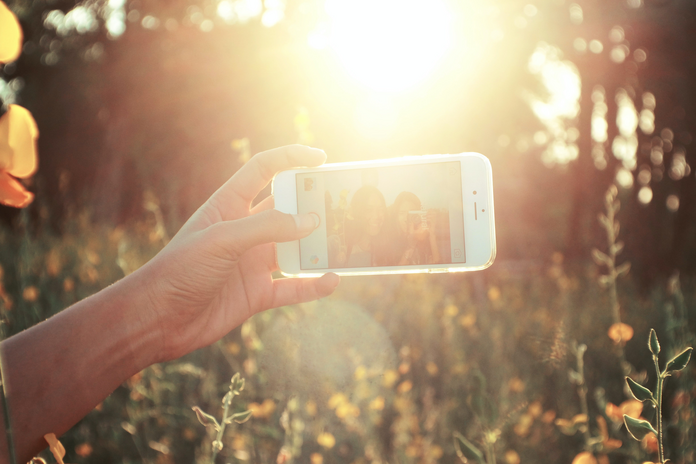International Women’s Day this year was full women uplifting other women. Women all over the country went on strike to show American society how much women impact the workforce and the economy. Those women that didn’t have the privilege to go on strike wore red, to show support of International Women’s Day or IWD. Instagram posts paying homage to different mothers, mentors, sisters, activists, politicians and friends from all parts of the world . Just a click in Twitter’s many hashtags, one being #iwd2017 and thousands of tweets with inspirational messages for women. Snapchat got in on the action and had three face filters; Mexico’s legendary painter, Frida Kahlo, American Civil Rights fearless activist, Rosa Parks, and last but not least, French physicist, Marie Curie.
However, on a day dedicated to the acknowledgement of women’s hard work, Snapchat dropped the ball and decided to add unnecessary features on all three filters. For those familiar with Kahlo’s artwork, know that a lot of her work were self-portraits filled with different elements that added emotion to her work. In all her paintings, she has never portrayed herself with light skin or light colored eyes. So why did Snapchat decide to make this filter lightens Kahlo’s and the user’s skin and eyes? The same problem arose with Park’s filter, lighter skin. The main problem was with Curie’s filter; her filter featured eyeliner, mascara, blush, light skin, and light colored eyes and when the user open their mouth, an “explosion effect” occurred, the filter added ashes to the face. Why did Snapchat felt Curie needed make-up to begin with? Were her accomplishments in the science world not enough for them to stand on their own that the filter needed to make the user look feminine?
This is not the first time that Snapchat has problematic features. In fact, all their “beauty” filters are a staple of Eurocentric beauty. Snapchat’s flower crown filter will drastically lighten someone’s face and make their eyes look grayish. Some filters change users nose, chin and entire face shape, to look much slimmer. This poses an incredible problem to users of Snapchat, especially their female base. According to a Harvard survey from the fall of 2015, a whopping 42 percent of women ages 18-29 year olds use Snapchat compared to 31 percent of males in that same age group. This Eurocentric beauty standard will hurt young women that do not fit into that standard. That same Harvard survey showed that 59 percent of their users are people of color – who might not fit into that Eurocentric mold. Time and time again, the faces portrayed in the media are white, the faces in politics – white, and now even the face staring back at you is trying to look white. For an app that caters to a majority of people of color, Snapchat surely is dropping the ball. Why does Snapchat have this need to change the way their users see themselves? Why is Eurocentric beauty the end all be all for these “fun beauty” filters? They subtlety (some may argue that its not subtle at all) place so much importance into white beauty that while doing so, they are devaluing the beauty and uniqueness that the majority of their user are made up of. Now, this is not to say that they need to have filters that will eventually be blackface (like their offensive Bob Marley filter in 2016) but maybe instead of distorting faces to fit a white beauty standard, Snapchat should celebrate their users and stick to the silly and light hearted filters. After all, Snapchat started off by letting users throw up rainbows, making it the app giant that it is today.

